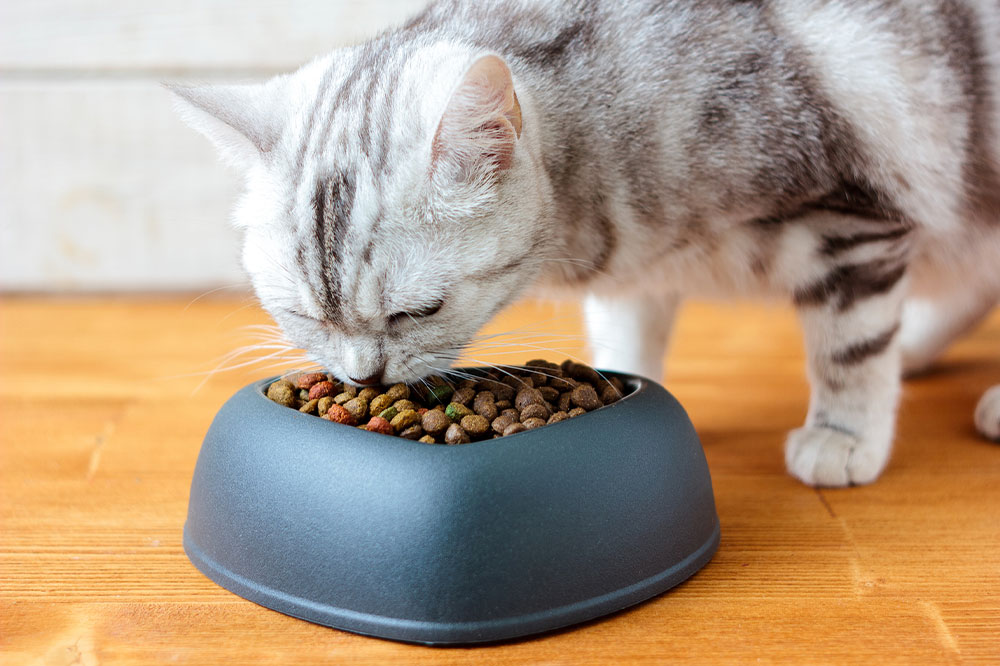
5 best tips to pick the right cat foods
Cat parents’ lives revolve around their cats’ daily shenanigans, which keep them going through the day. Every cat parent’s goal is to ensure the health and well-being of their feline friends. And providing them with the proper nutrition is essential to achieve this objective. Today, several reputed cat food brands offer nutrient-rich products, facilitating delicious and wholesome cat meals. Below are some quick tips to help cat parents pick the right foods:
Understand cats’ nutritional requirements
The first step to buying the right cat food is understanding a cat’s nutritional requirements. They should be fed rich animal protein sources, such as meat and poultry, to facilitate immunity and strengthen their nervous systems. Studies have shown that proteins should constitute about 30% of a cat’s daily calorie intake to ensure overall physical well-being. Thus, cat owners should check out the protein source in store-bought cat foods and buy only the ones containing animal protein sources.
Moreover, cats require sizable amounts of amino and fatty acids for healthy coat growth and muscle, bone, and blood health. The healthiest wet cat foods on the market contain amino acids such as lysine and leucine. Other essential nutrients in cat foods include vitamins A, B, and C; iron; calcium; taurine; folic acid; zinc; and magnesium. Finally, cat foods should contain limited quantities of healthy carbohydrate sources like oats and rice.
Consider the cat’s age
A cat’s age is instrumental in determining the proportions of nutrients in cat foods. For example, kittens require foods high in proteins, healthy fats, calcium, DHA omega-3 fatty acids, folic acid, and phosphorus, which fuel their healthy growth and development. Adult cats require moderate levels of these nutrients, as they are typically thriving but less active than kittens. Finally, senior cats, aged seven or older, require much less protein and fats than their younger counterparts. Further, elderly cats should be fed foods rich in water-soluble vitamins, antioxidants, and fiber to support their kidney functioning.
Know the difference between wet and dry cat foods
There are primarily two types of cat foods available in the market – dry and wet. Wet and dry cat foods contain about 80% and 10% water content, respectively. Moreover, canned cat food typically contains more water content and less dry matter. Adult cats may require approximately half a cup of dry food or kibble (bifurcated into two quarter-cup servings) and about half a can of canned wet food each day. Kittens may require slightly larger proportions of dry and wet foods, whereas senior cats’ food intake should be more controlled. The quantity of wet food served to cats should be a little more than that of kibble, as wet food is easier to digest. If cats are fed with more dry food occasionally, cat parents should ensure they are well-hydrated on such days.
Test for any underlying health conditions
Cats’ nutritional requirements also depend significantly on underlying health conditions, such as diabetes, cholesterol, ringworm infections, kidney diseases, and feline lower urinary tract diseases. Hence, cats should be regularly tested for such conditions, and their meals planned accordingly. For example, carbohydrate intake should be controlled among cats with diabetes. Cats with kidney disease do better on low-protein meal plans and less dry foods.
Consider if the cat is spayed or intact
Spayed or neutered cats will likely gain weight more quickly than intact ones. Thus, spayed or neutered cats should not be fed foods containing excessive fat and carbohydrates. Too many treats and kibbles between meals should also be avoided for spayed cats. Canned foods spread across the day can provide spayed cats adequate nutrition while ensuring control over their calorie intake.




